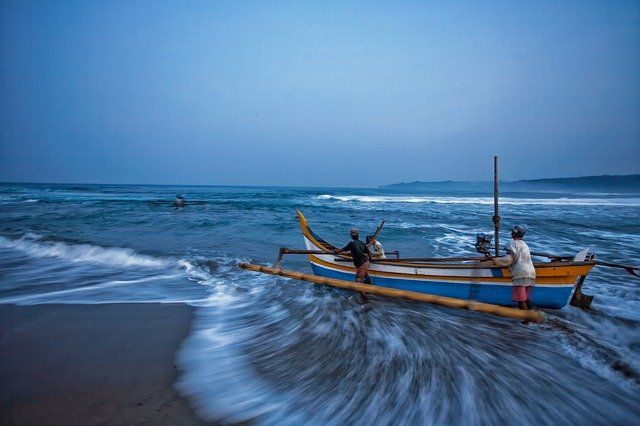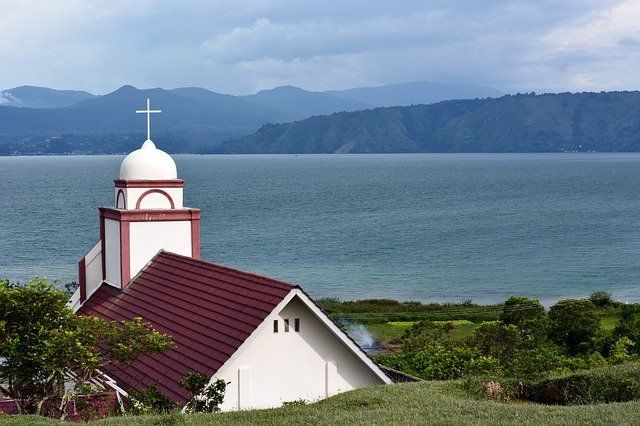Look at the harvest-fields
Indonesia has experienced much church growth, but there is a corresponding lack of pastors, especially those with an evangelistic and missionary burden. In statistical terms this means there are about 900 church members for every pastor. In practice (to take the example of Pastor Lewi and his wife, who worked in Kalimantan as home missionaries) this might mean overseeing six struggling congregations within an area of fifty miles radius. Travel, as in many parts of Indonesia, was time-consuming and involved hiking or using small boats. I have heard from church leaders in West Kalimantan that the problem is not only obtaining pastors for small interior congregations, but also retaining them. The need is for persevering workers who stay at their posts for more than two years.
To take another example, in North Sumatra, a particular pastor is responsible for four congregations in his city, one of which has more than 1,000 students. Other pastors, in rural areas of North Sumatra, oversee up to fifteen congregations apiece.

Pastors and missionaries
On the other hand, there has been an encouraging development in the small island of Nias, located to the west of North Sumatra. Since the last century, large numbers of the islanders became Christians and the major Protestant denomination there is comprised of 700,000 constituents. In 1997 the church commissioned its first overseas missionary, who is at present serving in the Philippines. I was at his commissioning service and was stirred deeply by the words of the Nias pastor who spoke on behalf of his denomination. He said, ‘Missionaries first brought the gospel to Nias in 1865. We have had the gospel for over 130 years and we are just sending out our own missionary. We have waited too long! Yes, we have great needs in Nias, with only one pastor for every seven or eight churches. Some of our churches are only visited by a pastor once in two months. Yes, we must give attention to our own needs, but we must also see the nations out there who need the gospel’.
There is an immense need for the church in Indonesia to train and equip men for pastoral ministry. Not only is traditional seminary education needed, but also training programmes, located where the pastors are actually working, to enable them to serve the Lord in a way that glorifies him. In parallel with this, attention needs to be given to the mobilisation of local Christians and churches for evangelism and church planting. Of Indonesia’s 600 people-groups, 207 have a population greater than 10,000. Currently as many as 132 of these groups are unreached, that is with only tiny handfuls of believers at best.

Literature
Then there is the need for good Christian literature. ‘Israel does not know, my people do not understand’ (Isaiah 1:3) was true in Isaiah’s day and it is also true today among many churchgoers in Indonesia. The right literature would go some way towards meeting the spiritual need. The majority of published Christian books in Indonesia have not been written from a biblically based perspective. Even the best are usually translations of western writers’ books, reflecting the fact that very few sound books are being written by Indonesians. It is a distressing fact that that the most prolific authors are theologically liberal. Added to this, financial disaster has recently struck the country and Christian publishers have a hard task selling books and paying their workers against the background of an inflation rate of 5.8% every month.
In conclusion, there is an urgent need to teach pastors and church workers the gospel of grace and thus enable them to instruct others, both through preaching the Word of God and through preparing and disseminating Christian literature.






